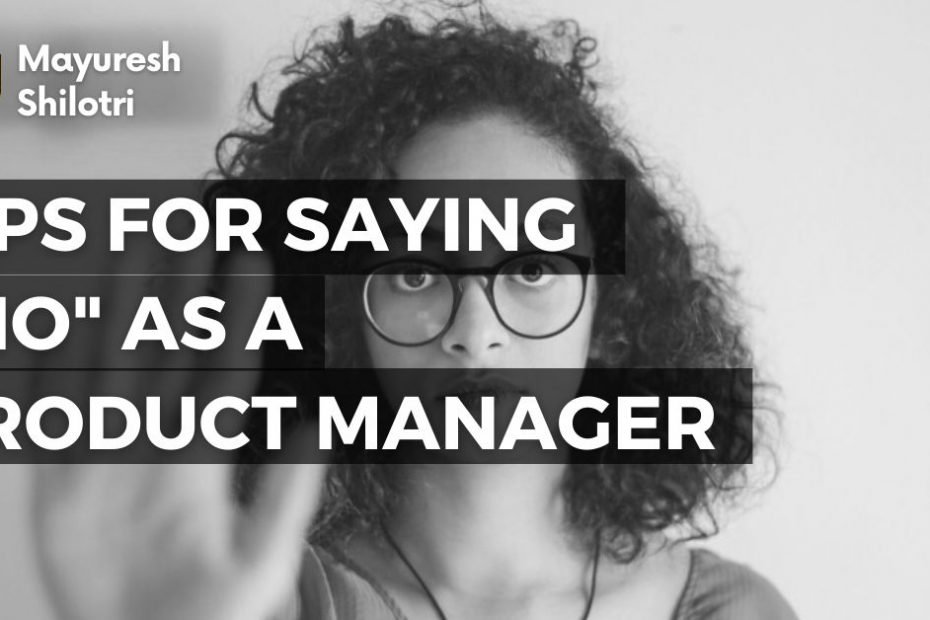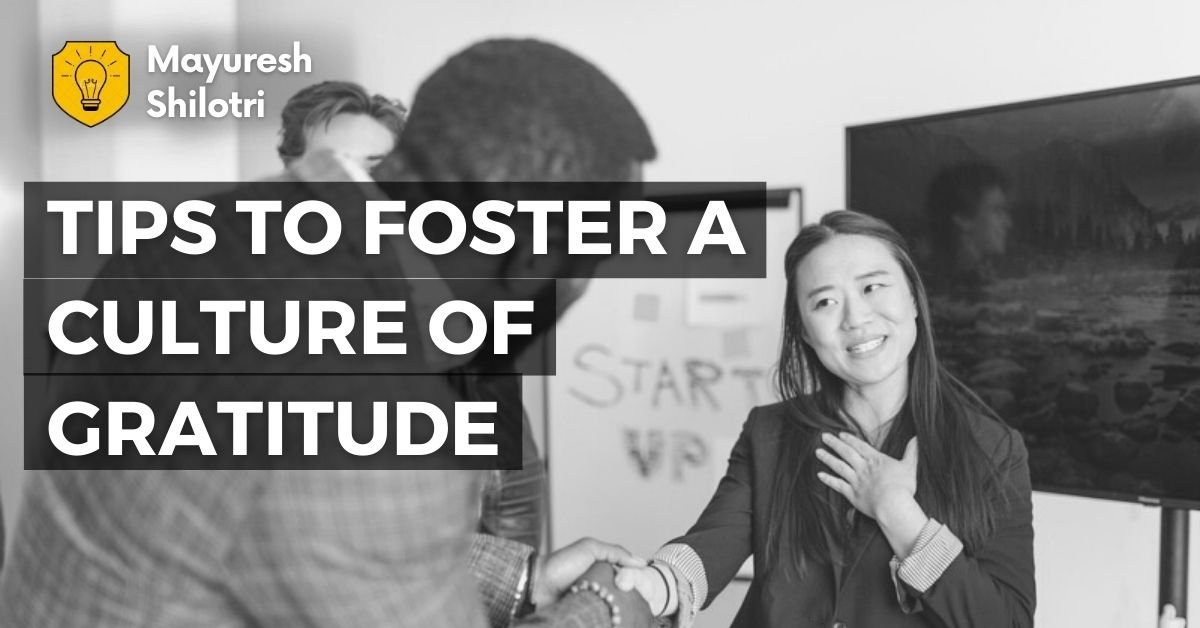One of the great pieces of advice that a product manager comes across is, saying “no” more than “yes.” The day-to-day responsibilities of a product manager are endless and especially when it involves making choices constantly. Therefore, that calls for the reason to say “NO” to things, features, enhancements, and even last-minute brilliant ideas. But the bigger question here is, how to say NO?
Saying “no” to stakeholders as a product manager is an often occurring stance. The way to master the art of saying “no” is through Empathy. This will help in keeping your relationships intact without having to please everyone.
- Words:1039 (Skim friendly)
- Type: Post
- Video:0
- Slides: 1
- Topic: Tips for Saying "NO" as a Product Manager
- TIME: 16 Minute
Saying "No" is not easy
Let’s put this straight, saying “No” is not as easy as it sounds. It doesn’t come very naturally to most product people, and that leads them to take impulsive decisions. The underlying reason behind this is we have always been trained to say “YES”, and so, when the time comes, we struggle to commit to a no.
As we grew up, we have always been taught to say “yes.” The true meaning and importance of saying “no” without sounding rude or impolite is a far-fetched outline that we never really learned about. In the workplace, too, saying “yes” makes things easier, even if it requires more than the necessary commitment from you.
Hence, a transition from what we have learned so far to a product manager can bring a castle of problems, especially when you will, as a PM, have to say constantly “No” to certain ideas or decisions. This is where one has to unlearn the habit of saying “yes” to everything.
A product management role requires interaction with people, so it is necessary to maintain healthy relationships with the firm stakeholders. So, saying “no” can put you in a difficult position unless you know how to say it.
4 Great Tips To Say “NO” as a PM
Effective product management is about making the best decisions by using the limited resources you get. The point of saying “no” doesn’t require one to be controversial, but in fact, it can be weaved to serve the benefit.
By learning a few techniques, one can easily turn down requests effectively.
1. Construct Your Conversation & Show Empathy
Jumping directly to reject a decision without having heard the request in the first place could put you, as a product manager, in a difficult position.
Your stakeholders or audiences deserve a chance to be heard. Therefore, invest your time in hearing their idea, understanding their requirement, and showing them Empathy.
Once the part is done, you can start with, “that’s a great idea, and it is something that we have already thought to imply.” This will offer a sense of belief to the listener and will prove your support towards them as well.
2. Devote Time to Understand and Discussing the Request
Getting to say “no” is a process. Thus, to reach there, there are a couple of preliminary steps that must be accomplished.
Most successful companies listen actively to the requests/complaints coming from their customers. Once the requests and complaints are heard, the representative empathizes with the customer before they directly deny their plead.
Similarly, when a stakeholder reaches out to a PM with a request that they can’t afford to settle right away, the answer should be crafted in a good manner for them to positively take your feedback.
3. Don’t get caught up with the feelings
Saying “no” to a request of any sort is hard. In certain situations, it might even upset or anger the stakeholders. Moreover, it can also turn into conflicts in extreme cases.
A product manager has to work with saying “no” as that becomes a crucial part of their job. Agreeing to almost everything could leave you in a mess where it will become extremely difficult to make a pick.
So, come out of the feelings that are wrapping you around, and show the authoritative attitude that your post demands. This will not only prove that you are the in-charge of the product but will strengthen your product leadership qualities as well.
4. Be Transparent and Open
Although there could be tons of ways to say “no” to your internal stakeholder, it is best to open up to them and be completely transparent. Walk them through the roadmap of your product and show them the way you prioritize your tasks.
A presentation demonstration will be of great use to help your colleague or stakeholder understand the tasks that are a priority for now. Moreover, if you back your prioritization with solid facts, it will make it all the easier.
Using this technique, and by being truly open about the priorities, you can dodge your stakeholders to bring their ideas or requests for the next time.
Why is saying “NO” Important?
Every business venture has a vision that they have in mind for the future of the product. Sometimes, customers look for features that don’t align with the vision of the product. This is where the need for product managers comes into the picture on how they should prevent customers’ from pushing in their demands that obstructs the goals that the product is supposed to meet.
Chasing such opportunities could be an easy catch, but all of this might divert one from the track. Saying “YES” to everything and everyone will not solve any problems but will indeed expand them.
Conclusion
No one said you, as a product manager, have to say no all the time, especially when there are other ways. “Thanks for the idea”, “We really appreciate your thought”, and “Your request is great, and we will love to consider it next time” are some of the other ways around to cover up.
Neither did you commit to agreeing, nor did you say a “no”, and that’s a genius way to get around. Therefore, with this set of rules for the next time, you can certainly work your way around as a product manager.
Photo by Andrea Piacquadio
Join to get sneak peek into what's happening
I write about books, experiences, product, UX, EdTech, early stage growth, validation – mostly tech. Subscribe if these topics interest you. Once every 15 days emailer. I promise – No spam. (I am known for it otherwise) 😉




